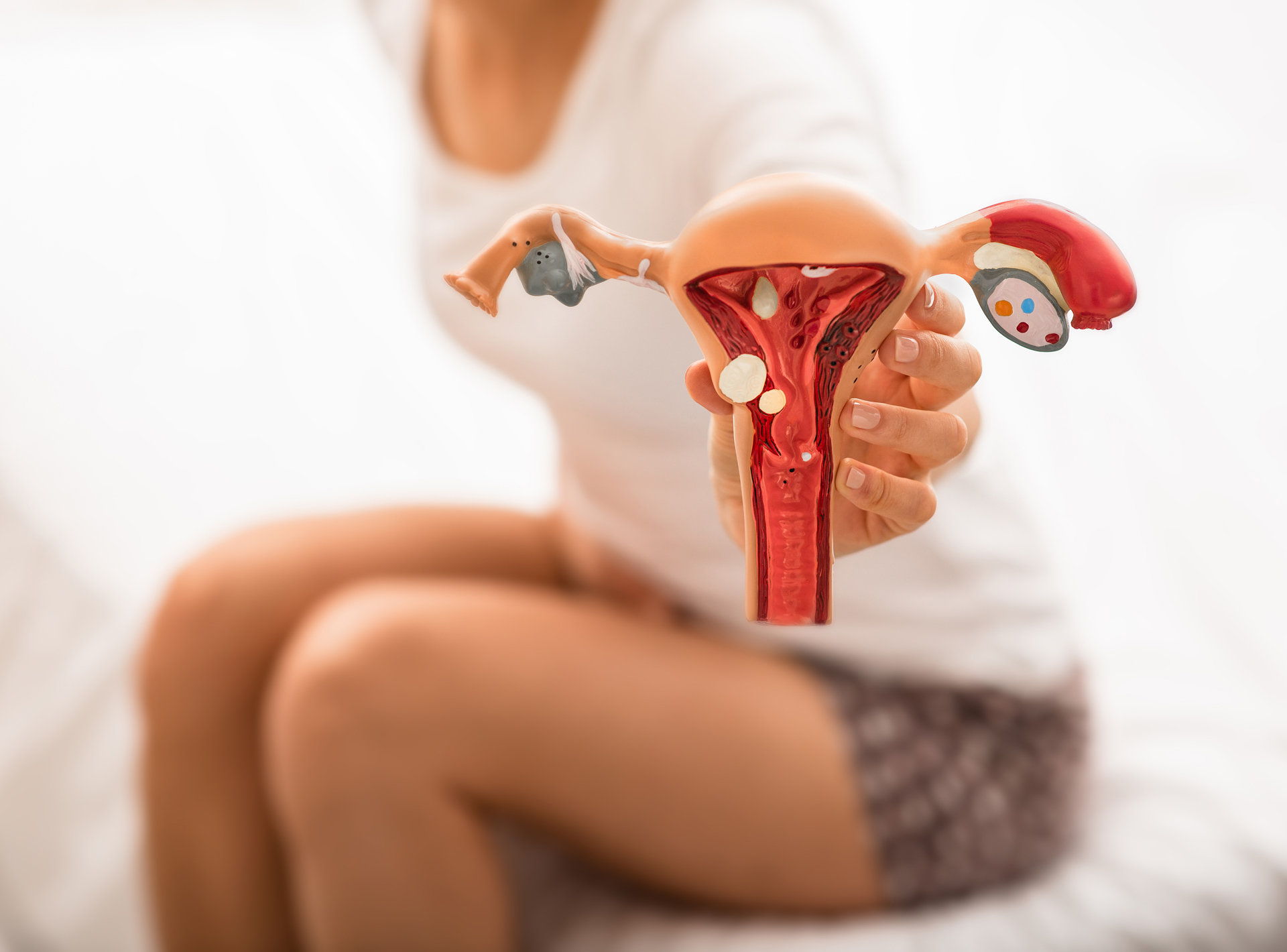 A vast cellular atlas of endometriosis has been created by researchers in the US to better understand and treat the disease.
A vast cellular atlas of endometriosis has been created by researchers in the US to better understand and treat the disease.
Investigators at Cedars-Sinai, one of the largest not-for-profit academic medical centres in the US, located in LA’s Beverly Hills, have created a unique and detailed molecular profile of endometriosis to help improve therapeutic options for the millions of women affected by the condition.
The study, published 9 January 2023 in the journal Nature Genetics, highlighted that while understanding of endometriosis has come a long way since it was first described in 1860 by Rokitansky, women suffering from the condition have continued to face an uphill battle having their symptoms and suffering recognised by medical professionals well into the 21st century.
The disease impacts just over 11% of Australian women (more than 830,000), generally during their reproductive years, often starting while the patient is still a teenager, and was estimated to cost Australia $9.7 billion annually – approximately $2.5 billion in direct healthcare costs with the remainder attributed to lost productivity.
Symptoms included chronic pain during periods or intercourse, infertility, headaches, fatigue, bowel, and bladder dysfunction as well as gastrointestinal upset, and endometriosis has been associated with a slightly elevated risk for developing certain cancers – with researchers observing similarities in the way the diseases operate.
Lead author Dr Kate Lawrenson, an investigator and associate professor of Obstetrics and Gynaecology at Cedars-Sinai, explained that as these symptoms are not specific to endometriosis, and the level of pain experienced by patients is not related to the extent of the disease, the average time to an accurate diagnosis is between 6.5 to eight years.
“Some women have symptoms for 15 years but never get an answer,” she said.
Currently, the only way to accurately diagnose the condition is by performing a laparoscopy to search for endometriotic tissue, with biopsies collected for further analysis – yet earlier research conducted by the same team showed that up to 18% of women who underwent surgery for suspected endometriosis did not have the condition.
Similarly, there are limited treatment options for women diagnosed with endometriosis.
“Endometriosis has been an understudied disease in part because of limited cellular data that has hindered the development of effective treatments,” Dr Lawrenson said.
“In this study we applied a new technology called single-cell genomics, which allowed us to profile the many different cell types contributing to the disease.
“Large-scale next generation sequencing projects have been incredibly helpful in understanding how cancer works and in designing targeted therapeutics and we expect it can do the same for endometriosis.”
Dr Lawrenson and her team were able identify the molecular differences between the major subtypes of endometriosis, including peritoneal disease and ovarian endometrioma, using state-of-the-art methods to gather an immense amount of data from the cells of 21 patients, some of whom had the gynaecological disorder and others who were disease-free.
“Specifically, we profiled transcriptomes of >370,000 individual cells from endometriomas (n = 8), endometriosis (n = 28), eutopic endometrium (n = 10), unaffected ovary (n = 4) and endometriosis-free peritoneum (n = 4), generating a cellular atlas of endometrial-type epithelial cells, stromal cells and microenvironmental cell populations across tissue sites,” Dr Lawrenson said.
“Cellular and molecular signatures of endometrial-type epithelium and stroma differed across tissue types, suggesting a role for cellular restructuring and transcriptional reprogramming in the disease.
“Epithelium, stroma and proximal mesothelial cells of endometriomas showed dysregulation of pro-inflammatory pathways and upregulation of complement proteins, and somatic ARID1A mutation in epithelial cells was associated with upregulation of pro-angiogenic and pro-lymphangiogenic factors and remodelling of the endothelial cell compartment, with enrichment of lymphatic endothelial cells.
“Finally, signatures of ciliated epithelial cells were enriched in ovarian cancers, reinforcing epidemiologic associations between these two diseases.”
Co-author and vice chair of Gynaecology at Cedars-Sinai, Dr Matthew Siedhoff, shared that the team are confident that the new database will lead to improved care.
“Identifying these cellular differences at such a detailed level should allow us to better understand the origins, natural progression, and potential therapeutic targets for treatment,” Dr Siedhoff said.
“We are currently limited to hormonal therapy and surgical excision, with variable success and frequent recurrence of disease.”
The researchers have already begun using the new cellular atlas of endometriosis to test therapeutic targets in mouse models of the disease.
“This resource can now be used by researchers all throughout the world to study specific cell types that they specialize in, which will hopefully lead to more efficient and effective diagnosis and treatment for endometriosis patients,” Dr Lawrenson said.
“It really is a game changer.”

